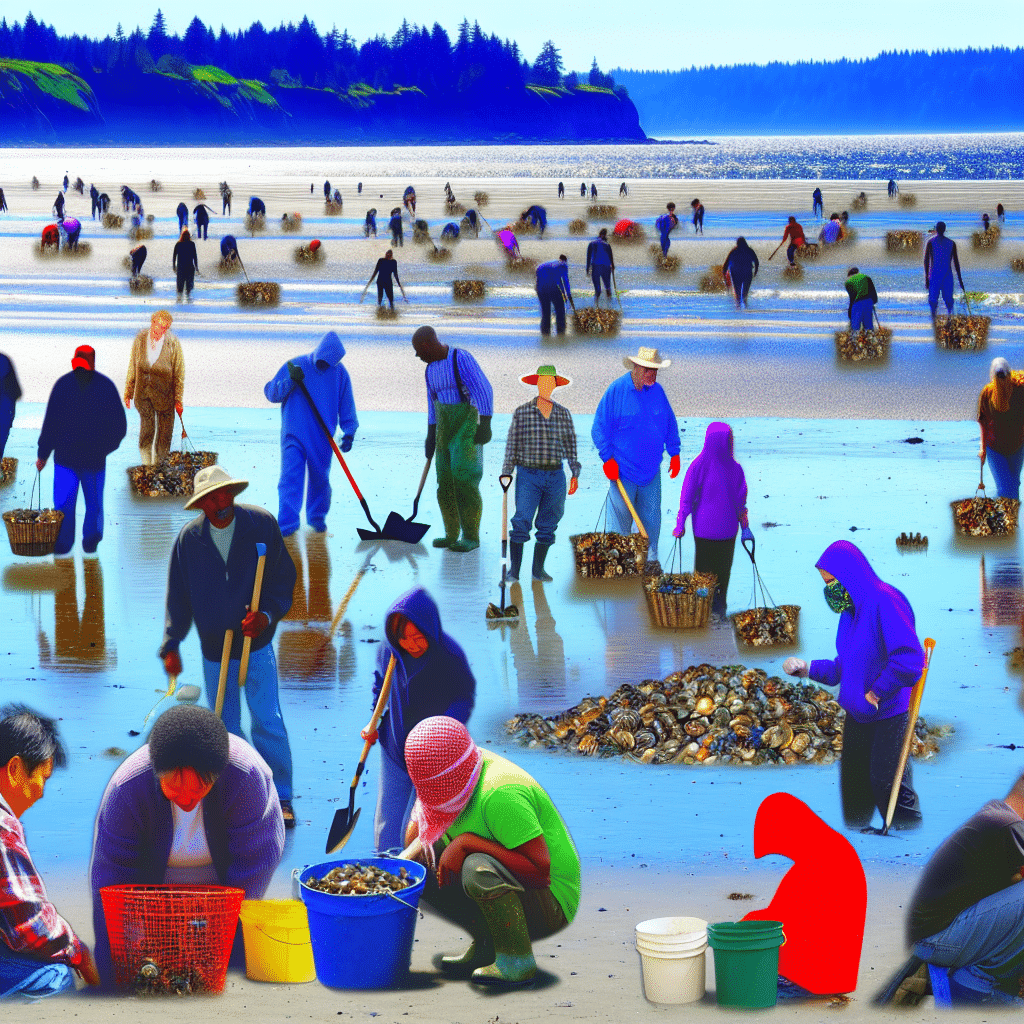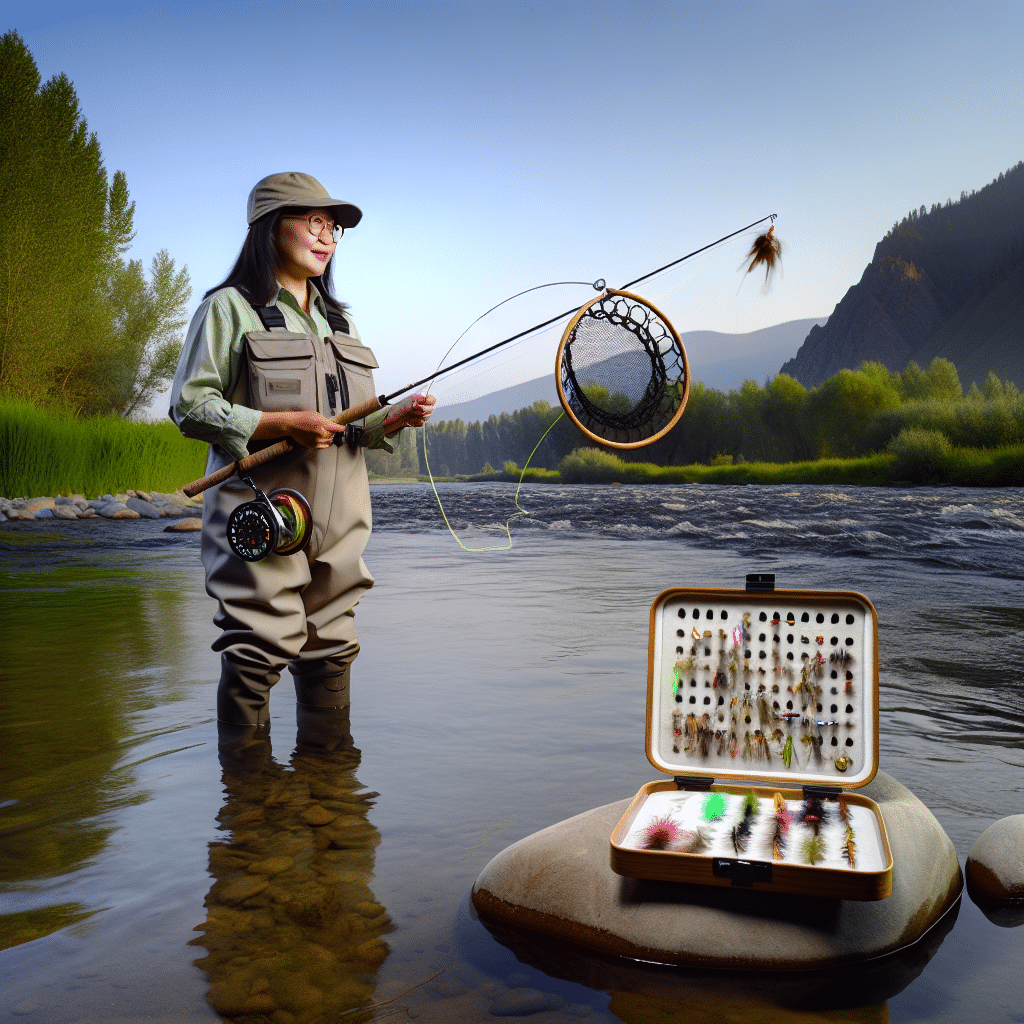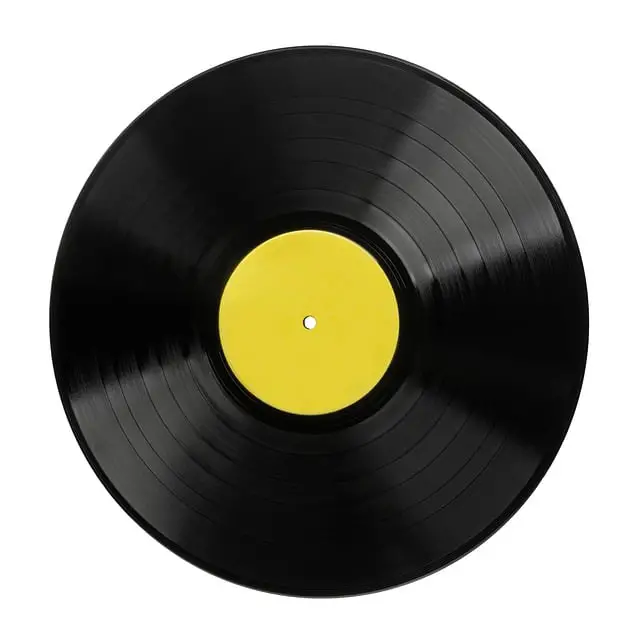Clam digging is a timeless activity that draws thousands of residents and tourists to the coastal areas of Washington State each year. The state’s long, sandy beaches and rich marine life provide the perfect environment for clamming, making it a beloved pastime for all ages. Whether you’re an experienced digger or a curious newcomer, this comprehensive guide will help you understand the allure of clam digging in Washington State.
What Makes Washington State a Clam Digging Paradise?
Washington State is famed for its diverse coastal ecosystems teeming with various clam species such as razor clams, geoducks, and Manila clams. The state’s consistency in providing public access to fertile clam beaches ensures that everyone has a chance to partake in this exciting activity. The combination of rich sandy shores, an ideal habitat, and careful marine management contributes to making clam digging in Washington State an unparalleled experience.
The Diversity of Clam Species
1. **Razor Clams**: These are arguably the most sought-after clams in Washington State. Razor clams are known for their elongated, razor-like shells and sweet, briny flavor. Popular digging spots include Long Beach, Twin Harbors, and Mocrocks.
2. **Geoducks**: These massive clams are not only a delicacy but also a spectacle. Known for their long necks, geoducks can live up to 140 years, making them an interesting find for diggers. They are challenging to harvest due to their deep burrows but the reward is well worth the effort.
3. **Manila Clams**: Smaller yet equally delightful, Manila clams are often found in the intertidal zones. They are relatively easy to dig and are popular for culinary uses in various dishes.
How to Prepare for a Clam Digging Adventure?
Before setting out on your clam digging adventure in Washington State, there are a few essential preparations and considerations to keep in mind.
Check Regulations and Obtain Necessary Permits
Washington State has stringent regulations to protect its marine ecosystems. It is crucial to:
1. **Purchase a Shellfish License**: This can be easily done online or at local sporting goods stores.
2. **Familiarize Yourself with Harvest Limits**: Each species has specific limits to prevent overharvesting.
3. **Stay Updated on Beach Openings**: Certain beaches might be closed for conservation reasons or due to harmful algal blooms.
Gather Proper Gear
1. **Shovel or Clam Gun**: Essential for digging, especially for razor clams and geoducks.
2. **Clam Net or Bucket**: To collect your finds.
3. **Gloves and Gear**: Waterproof boots and gloves to protect yourself from the elements.
4. **Flashlight or Headlamp**: Clam digging often happens during low tides, which can be early morning or late evening.
Where to Go Clam Digging in Washington State?
Washington State offers numerous prime locations for clam digging, each with its unique charm.
Long Beach Peninsula
Long Beach is a hotspot for razor clam digging. The coastline stretches for miles, providing ample space for enthusiasts to spread out and find their bounty. The nearby town offers various amenities, making it a convenient spot for a family outing.
Copalis Beach
Another prime location for razor clams, Copalis Beach, is known for its rich clam beds and scenic beauty. The area is also excellent for bird-watching and beachcombing, offering a full day of activities.
Hood Canal
For those interested in smaller clams such as Manila clams and native littlenecks, Hood Canal is the place to be. The canal’s unique tidal flats provide perfect digging grounds. The tranquil setting is ideal for a peaceful, yet productive clamming experience.
Tips for a Successful Clam Digging Experience
1. **Timing is Everything**: Aim to dig during extreme low tides for the best results. Check tide charts and plan your trip accordingly.
2. **Practice Sustainability**: Only take what you need and follow state regulations to maintain the ecosystem.
3. **Know Your Clams**: Familiarize yourself with different species to ensure you are harvesting legally and responsibly.
4. **Bring the Right Tools**: Use clam guns for deeper burrowing species like geoducks and shovels for smaller clams.
5. **Stay Safe**: Be cautious of changing tides, slippery rocks, and wildlife. Always let someone know your plans if you are going alone.
Why Clam Digging in Washington State is a Must-Try?
There are numerous reasons why clam digging in Washington State is a cherished activity. Beyond the obvious culinary rewards, clam digging offers a unique way to connect with nature, learn about marine ecosystems, and enjoy the great outdoors. It’s a perfect activity for families, friends, and solo adventurers alike. The thrill of the hunt, the joy of discovery, and the satisfaction of a fresh, self-harvested meal make clam digging an unforgettable experience.
In conclusion, clam digging in Washington State is more than just a pastime; it’s a tradition deeply embedded in the local culture. The state’s rich marine biodiversity, coupled with its stunning coastal landscapes, makes it an ideal destination for both seasoned diggers and curious first-timers. So, grab your gear, obtain your permits, and dive into the exciting world of clam digging in Washington State – an adventure you won’t soon forget!




